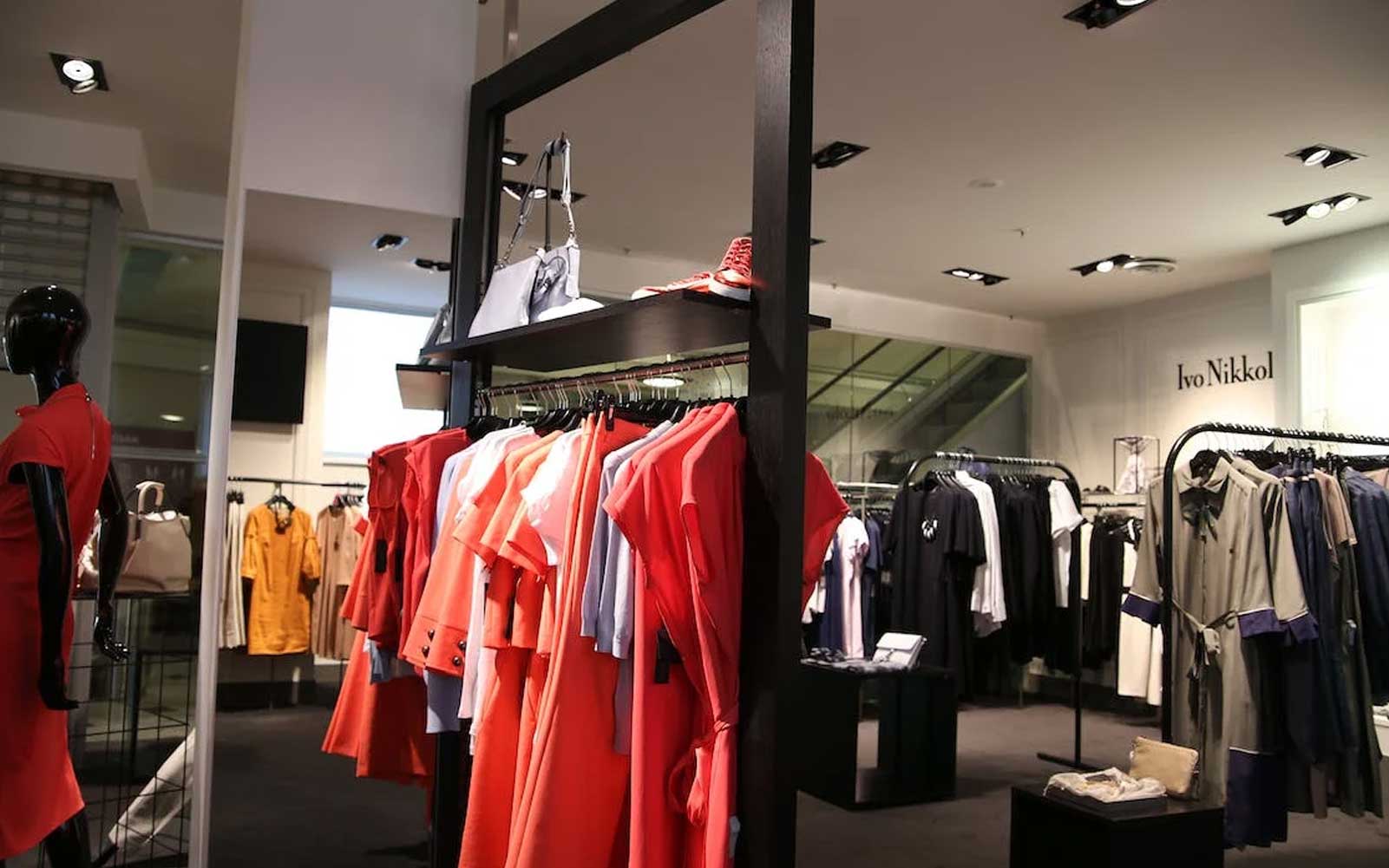
E-commerce Trends in 2024: Short videos, personalization and new technologies lead the way
With the continuous progress of science and technology, the global e-commerce industry is experiencing unprecedented changes.
01 Short video with personalization
With the rise of platforms like TikTok, short videos have revolutionized social media. Many cross-border sellers have also made use of short video platforms to promote their business. The TikTok platform connects brands with more than 1 billion shoppers through “personalized discovery.” Growing consumer demand for personalized shopping experiences is driving e-commerce companies to invest in data analytics and artificial intelligence technologies to better understand customer needs and provide customized recommendations and services.
02 Artificial Intelligence (AI)
In 2023, generative AI makes artificial intelligence mainstream, demonstrating its power to consumers. With the development of artificial intelligence, its role in e-commerce will become even more important in 2024. For online retailers, AI can be a powerful tool to help personalize customer experiences, optimize supply chain logistics, adjust inventory management, develop digital marketing strategies, and more effectively reach target audiences.
03 Social Commerce
According to TikTok, 41% of users in the Gulf Cooperation Council region have shopped through the platform. In the Middle East, people are very active on social media, using it for nearly three hours a day. 79% of Middle Eastern consumers say they use social media to research brands or items to buy and are likely to make a purchase based on what they see.
04 Sustainable Shopping
Recently, the UAE implemented a ban on the use of single-use plastic shopping bags. As consumers’ hands-on experience with the effects of climate change increases, sustainability becomes their top concern. Consumers seek and prioritize ecologically conscious options and are even willing to pay a premium for such goods and businesses. Prioritizing sustainable sourcing, packaging and manufacturing is expected to be an important e-commerce trend in 2024.
05 Same-day or next-day delivery
Consumers’ delivery expectations are increasing. Offering same-day or next-day delivery options is critical because consumers are willing to pay extra for faster delivery times. Several shopping sites in the UAE offer same-day delivery, and some even offer two-hour delivery, such as Ounass and Level Shoes.
06 Augmented Reality and Virtual Reality (VR)
In 2022, Snapchat launched shopping and fashion features using AR, allowing users to try on and buy products through the app. Snapchat allows users to “virtually try on” a product or preview how it will fit into the space, allowing consumers to visually see how the product will look in the actual environment before purchasing. AR and VR can help ease customers’ doubts about online shopping. A Snap/Publicis Media survey found that 80 percent of shoppers feel more confident about making a purchase when utilizing these technologies, while 66 percent of shoppers who use AR are less likely to return a purchase.
07 Voice and visual search
As 2024 approaches, the e-commerce space is expanding its vocabulary base, and voice and visual search optimization is leading the way. It’s not just a new way to search, it’s a way to create a more intuitive and natural shopping experience that aligns with how consumers interact with technology every day.
08 Buy now pay later
Checkout.com’s report shows that 55% of Saudi Arabian consumers will use a “buy now, pay later” option in 2021. In addition, another 27 percent of consumers said they plan to use such services in 2022, indicating that this trend is on the rise. The Saudi e-commerce market is expected to reach $10.21 billion in revenue in 2023, a growth that demonstrates the region’s shift towards digital and contactless payment methods. “Buy now, pay later” services have become an important driver of this shift.
09 Mobile shopping
Mobile commerce has become the dominant trend in the Middle East. More than 80 percent of buyers use mobile devices to make purchases. With the rapid growth of smartphone usage, more and more customers are shifting their shopping behavior from web to mobile. Therefore, sellers are advised to optimize their websites and apps to accommodate mobile devices and enhance the shopping experience with mobile payment solutions.
10 Cross-border e-commerce
The rapid adoption of cross-border e-commerce marks a major shift in consumer habits. Middle Eastern shoppers are now exploring international online platforms to access more products that may not be available locally. As this trend grows, digital retailers are expanding their reach across borders to meet the growing demand for globally sourced products by offering international shipping options and creating localized experiences.



